| +BREAKING NEWS: | MonitorTV-Special: Mobile Broadband with 10 Mbit/s and 170 Mbit/s | | LOGIN | SEARCH | CONTACT US | |

 |
W O R L D P R E M I E R E
Welcome to the next generation(s) in mobile broadband: I-HSPA and LTE If you think, 2 Mbit on your mobile device are nice, you might even more like I-HSPA and LTE. These technologies promise up to 10 Mbit (I-HSPA) and up to 170 Mbit (LTE) for high-speed mobile communication. But - are these speeds just theory - or ready to market? See our report on a world premiere, starting today with Dan Warren, Technical Director of GSMA. [...more...] |
|
|
Ulrich Rokita, Head of network planning, shows the I-HSPA-Installation in the production network of mobilkom austria. [...more...]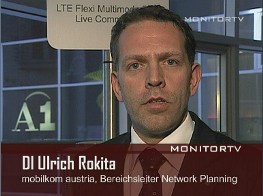 P R E S S C O N F E R E N C E
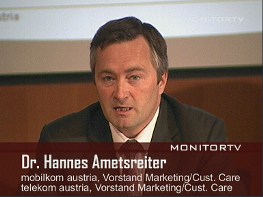 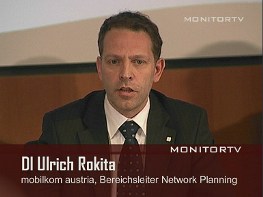 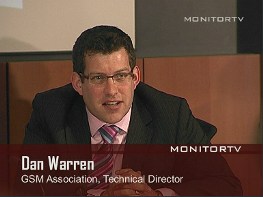 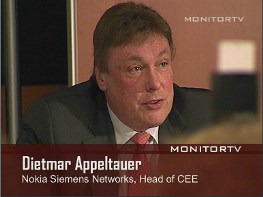 Dietmar Appeltauer (Nokia Siemens Networks, Head of CEE) about the challenges to provide leading edge technology to leading edge operators: 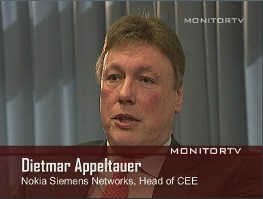 Was bedeutet die heute vorgestellte Technologie für Nokia Siemens Networks? [...mehr...] Wo liegen die Herausforderungen bei der neuen Technologie? Kann man immer mehr Daten durch diesselbe Pipeline transportieren? [...mehr...] Wie aufwändig ist ein solches Bandbreiten-Upgrade für einen Netzbetreiber? Ist das ein Software-Upgrade? Ist das ein Hardware-Upgrade? [...mehr...] D.h. Software-Upgrade auch schon für bestehende Netze? [...mehr...] Wenn über eine Funkverbindung Datengeschwindigkeiten von bis zu 170 Mbit/s erzielt werden, mit welchen Bandbreiten werden die Sendemasten angebunden werden? [...mehr...] Sie verantworten bei Nokia Siemens Networks den CEE-Bereich... [...mehr...] Wie gross ist die Bereitschaft von Mobilfunkunternehmen im CEE-Markt, heute schon in die neuen Technologien zu investieren? [...mehr...] Wie steht es um die Applikationen um Bandbreiten von 170 Mbit zu bedienen? [...mehr...] |
||||||||||||||||||||||||||||
| (c) 2003-2008 Copyright by Mag. Thomas Ebner, All rights reserved. |